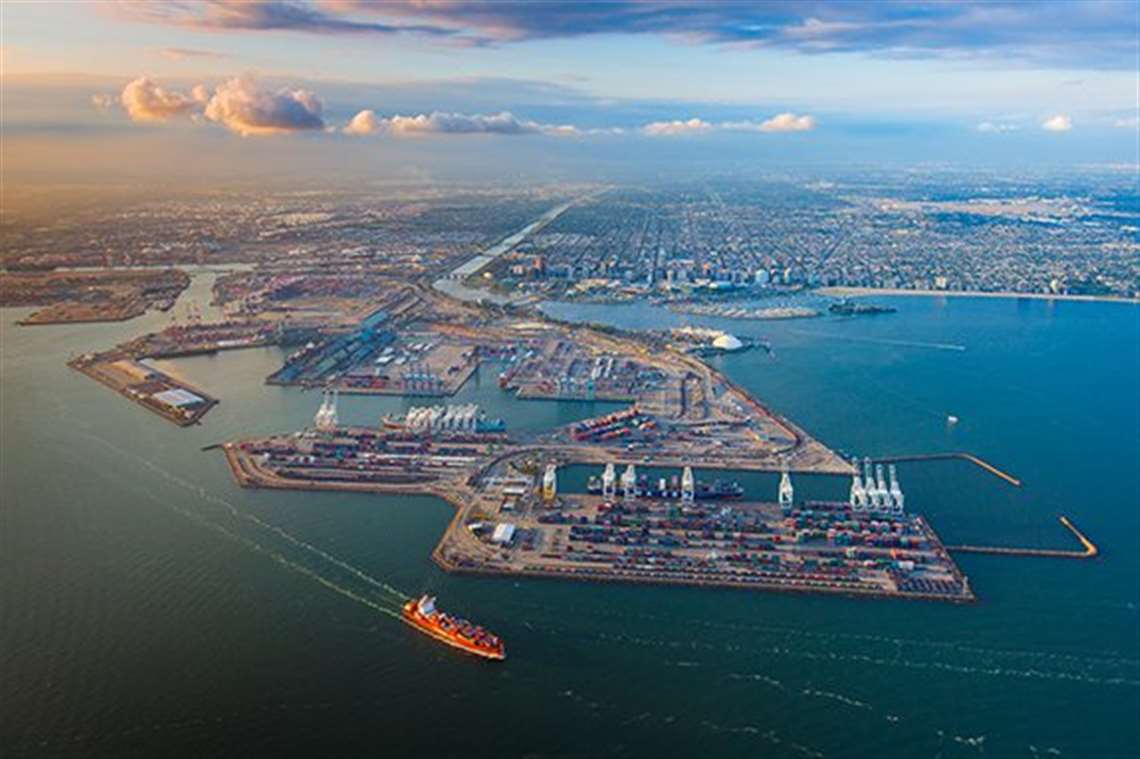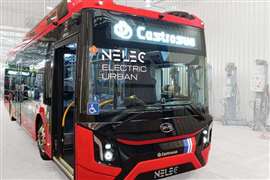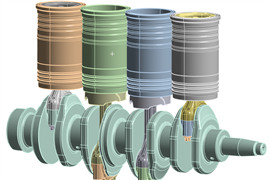Port of Long Beach Starts New Electrification Program
09 April 2018

One of the hotbeds for vehicle electrification in the U.S. are the Ports of Los Angeles and Long Beach. For almost a decade, port officials and companies moving freight and operating in and around those two ports have engaged in an array of programs to test power and powertrain alternatives in real world operation (see The SoCal eHighway Catenary Project in NewPowerProgress in March Diesel Progress North American and April Diesel Progress International.)
Now officials from the Port of Long Beach, Southern California Edison and the California Energy Commission have launched a pilot project for zero-emissions cranes and other cargo-handling equipment for seaports.
Funded mostly by a $9.7 million grant from the California Energy Commission, the project will bring 25 vehicles that are zero- or near zero-emissions to Port of Long Beach marine terminals for one year to test their performance in a real-world setting. The launch event was held at Pacific Container Terminal at Long Beach’s Pier J — operated by SSA Terminals — one of three terminals participating in the project.
The project will include the conversion of nine diesel-electric rubber-tire gantry cranes into fully electric equipment at one terminal, the purchase of 12 battery-electric yard tractors for two more terminals, and the conversion of four LNG trucks into plug-in hybrid-electric trucks for a drayage trucking firm.
The ports of Long Beach and Los Angeles in 2017 approved an update to their Clean Air Action Plan, setting a goal of transitioning all terminal equipment to zero emissions by 2030.
“SSA Terminals appreciates the confidence that the Port of Long Beach has shown in our company by selecting us to be part of this major project to electrify the nine large container-handling yard cranes at our Pacific Container Terminal,” said Paul Gagnon, vice president of SSA Marine Terminals. “We hope that this partnership will continue as we all strive for cleaner air quality.”
The project is anticipated to reduce greenhouse gases by more than 1323 tons and nitrogen oxides by 27 tons each year. Also, the switch to zero-emissions equipment is expected to save more than 270,000 gallons of diesel fuel.
POWER SOURCING GUIDE
The trusted reference and buyer’s guide for 83 years
The original “desktop search engine,” guiding nearly 10,000 users in more than 90 countries it is the primary reference for specifications and details on all the components that go into engine systems.
Visit Now
STAY CONNECTED




Receive the information you need when you need it through our world-leading magazines, newsletters and daily briefings.
CONNECT WITH THE TEAM












